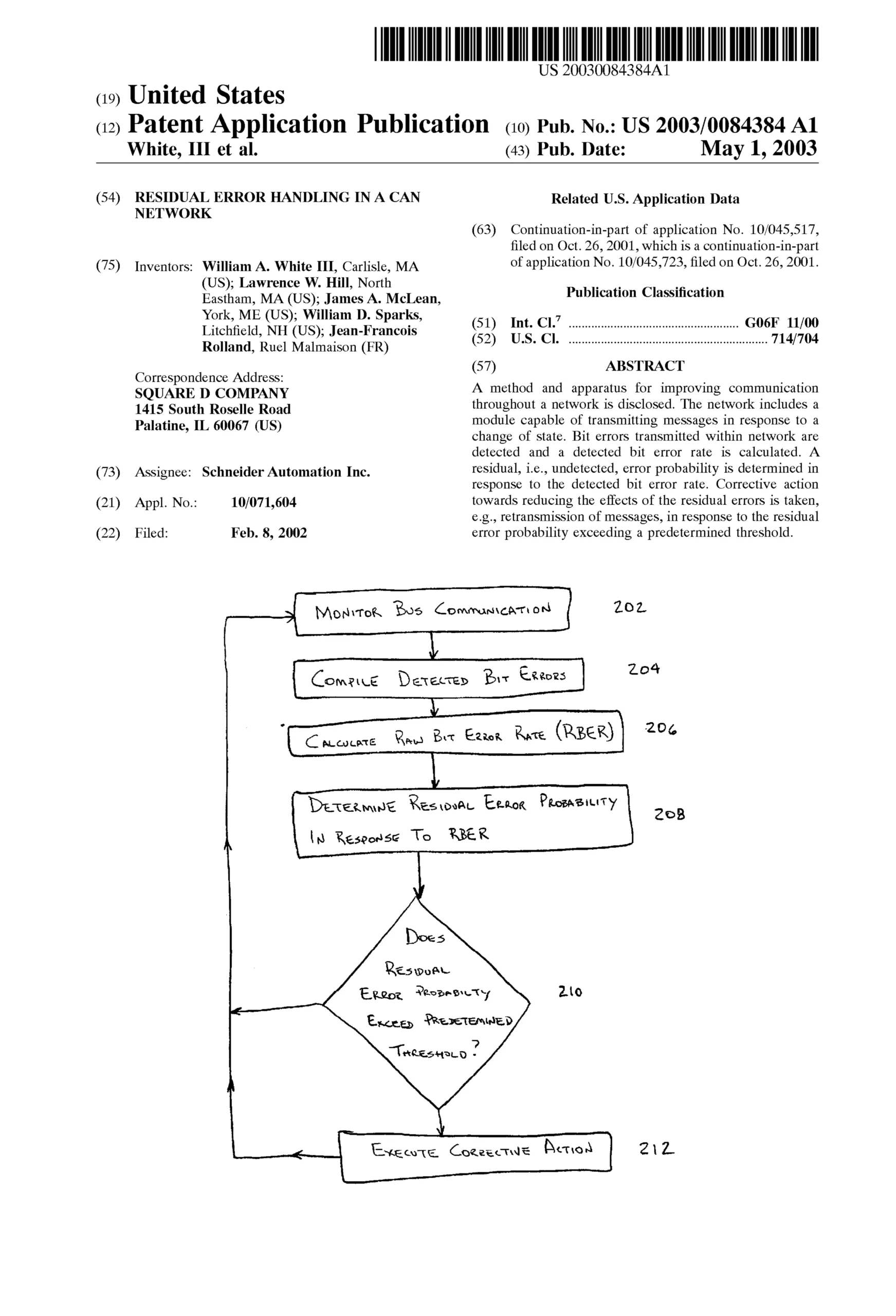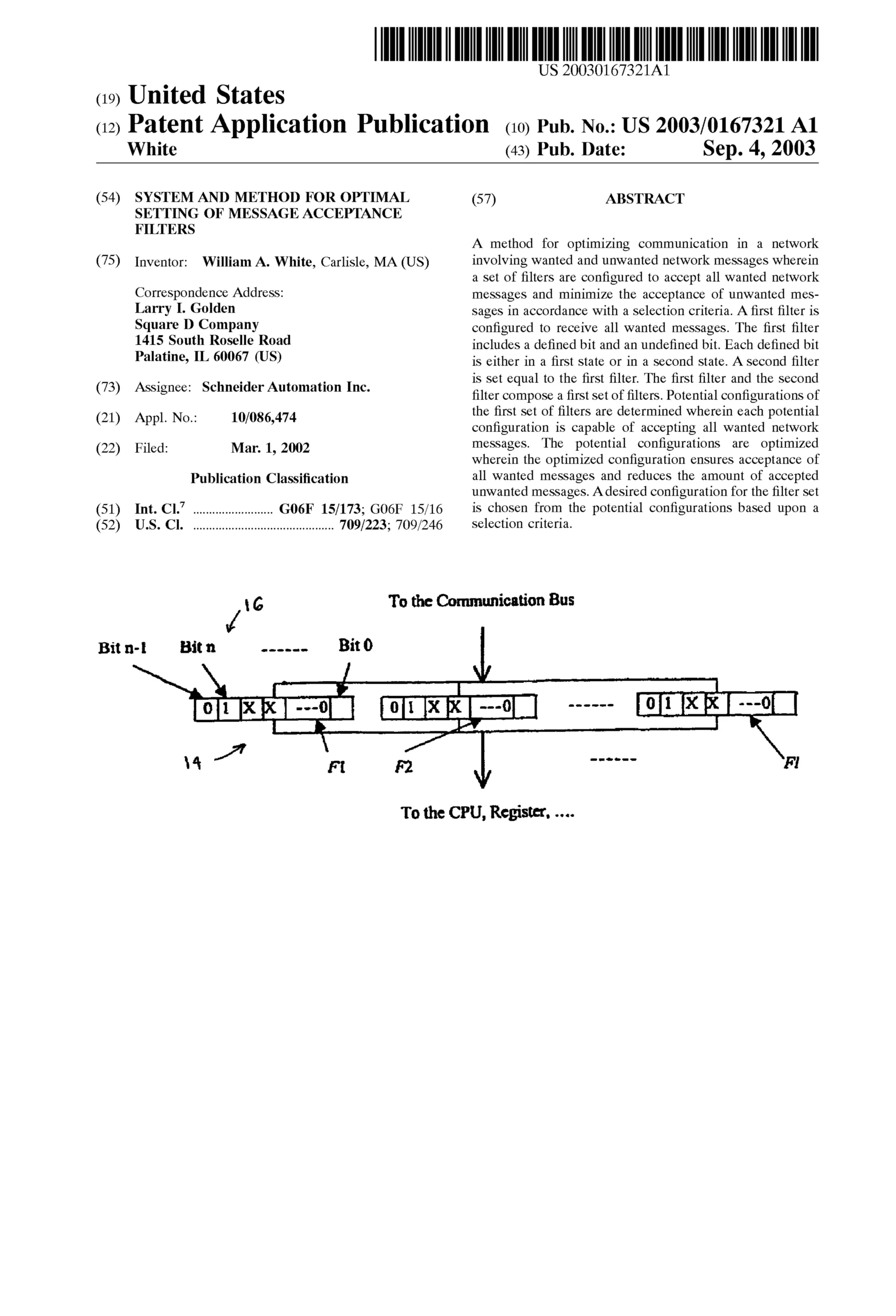Patents
I am sometimes asked why patents are useful, if not to manufacture and sell a patented product. There are also other good reasons to protect your inventions.
Protecting the integrity of your installed base is one such reason. For example, a patented latch can be used to prevent third parties from installing their own hardware into an existing control system, which would raise warranty and performance issues.
Making a claim on intellectual property means that competitors can’t stake the same claim, and preemptively exclude you from your own future market.
A portfolio of related patents forms a barrier to entry, leaving fewer opportunities for competitors to gain a foothold.
When large companies agree to cross-license their patented intellectual property, the value is in the depth and breadth of the joint patent portfolios, and the advantages offered by the combination. The value of individual patents only comes into play when one is particularly valuable.
Patent Summary
US 11606876 B2 Configurable data center platform
US 10883683 B2 LED driver system for streetlights
US 10661898 B2 Unmanned aerial vehicle for infrastructure maintenance
US 10238001 B2 Configurable data center platform
US 9553450 B2 Systems and methods of controlling power
US 20150333918 A1 POWER OVER ETHERNET ENABLED SENSOR AND SENSOR NETWORK
US 8606407 B2 Energy management application server and processes
US 7206882 B2 Triggered communication network for CANOpen networks
US 7139839 B2 Method and apparatus for assigning a network node address
US 7051143 B2 Method, system and program for the transmission of modbus messages between networks
US 6907485 B2 Hybrid change of state protocol for CANOpen networks
US 20030167321 A1 System and method for optimal setting of message acceptance filters
US 20030084384 A1 Residual error handling in a CAN network
Patent documents - US Patent and Trademark Office

The introduction of CAN into the industrial automation market brought a series of challenges. Even after optimization, a small amount of nondeterminism remained that had to be accounted for, and this patent application addresses those residual errors.

The CAN protocol is generally message-based, and specialized chips provide hardware filters to efficiently accept messages of interest. CANOpen brings a layer of complexity on top, and message IDs are essentially random rather than grouped for efficient filtering. This patent application described a method of determining the optimal settings for multiple parallel filters, given a set of messages to be accepted.

Modbus is the widely-used low-level protocol used in control and automation applications. Originally developed by Modicon in the 1960s, Modbus continues to be used as a common communication protocol among many different types of control and sensing systems. This patent describes a method of tunnelling Modbus protocol over CAN/CANOpen.

This patent describes a method by which the nodes can wake and discover their address, avoiding the requirement for a fix pre-configuration process, and avoiding errors that might occur when nodes are missing, and various other considerations for use with industrial machinery.

The introduction of CAN and CANOpen into the industrial controls market presented several challenges, balancing timeliness and latency vs. high average performance. This patent describes a triggered protocol layer that addresses some of these cases.

This patent describes an automated facility to assist in translation of software intended for use in multiple native languages.
